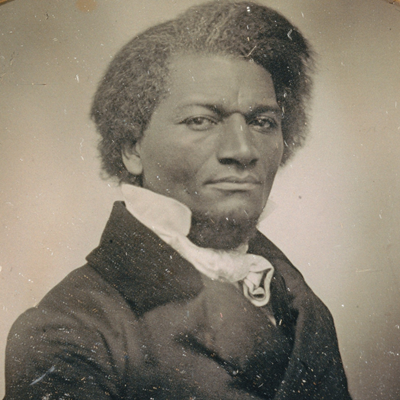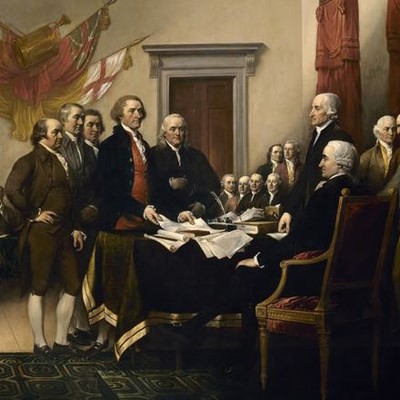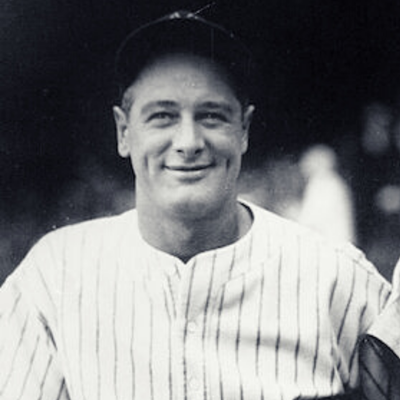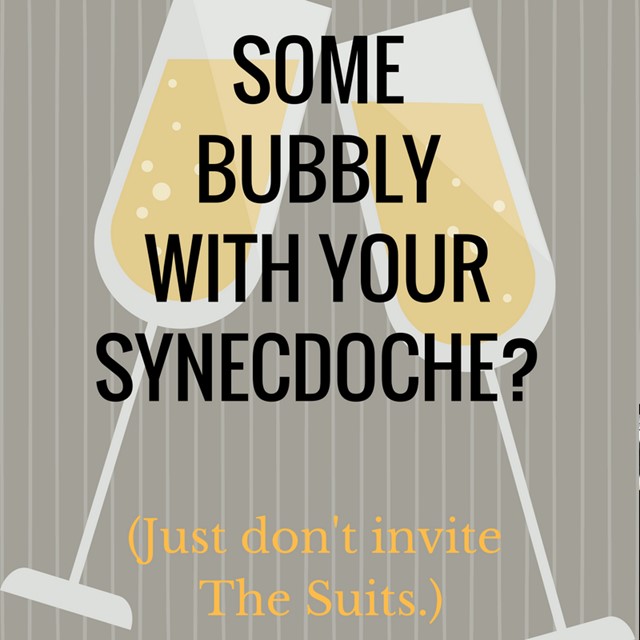
Even when we’re not aware of it, we’re using many of the same rhetorical techniques Aristotle, Cicero, Abraham Lincoln, Frederick Douglass, Winston Churchill, Martin Luther King, Jr. and other greats have employed in public speaking. Each month, The Buckley School's resident students of classical rhetoric explain a rhetorical device and show us how it’s being used for good and for evil.
BY JANA DALEY and JENNY MAXWELL
If you’ve ever referred to the U.S. executive branch of government as “The White House” or talked about an ad campaign “getting eyeballs,” you’ve used our rhetorical device of the month.
Synecdoche—pronounced Suh-NECK-duh-kee (think Schenectady)—is the practice of using a part to refer to the whole or the whole to refer to one of the parts.
Huh?
Here are some examples of using the part to refer to the whole:
- Using “bread and butter” to talk about making a living
- Saying “wheels” to refer to your car
- Ordering “bubbly” when you want some Champagne
The reverse seems a little less common, but examples include:
- Using a city name to refer to something within the city, such as “Pittsburgh” when proclaiming your devotion to the Pittsburgh Steelers
- Or “Washington” when griping about U.S. politics
Yes, you’ll find this rhetorical device used frequently in politics, love sonnets, and sports broadcasting.
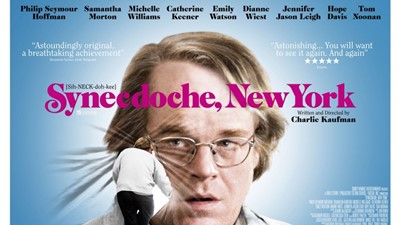 Our pronunciation helper: Think of the city in New York. (See, it's not just us.)
Our pronunciation helper: Think of the city in New York. (See, it's not just us.)
Synecdoche is similar to another figure of speech—metonymy—though it can be hard to distinguish between the two (if you even care to make the distinction).
According to most definitions:
Synecdoche is using a part to represent the whole—or vice versa.
Metonymy uses something closely related to represent the thing it references.
That means “Suits”—a figure of speech we’ve heard quite a bit in the months around the British Royal Wedding—is an example of metonymy, not synecdoche.
Here’s the reasoning from the metonymy camp: Suits are not a part of the businessperson (like bubbly is an essential part of Champagne) but instead are an object closely associated with businesspeople.
We’ll leave you to debate that over a glass of bubbly with your rhetorical device-loving friends.
Meanwhile, we’ll be keeping an ear out synecdoche and metonymy in speeches and presentations—and anywhere else we hear these two rhetorical devices bringing color, symbolism, or conversational flair to messages we hear every day.

